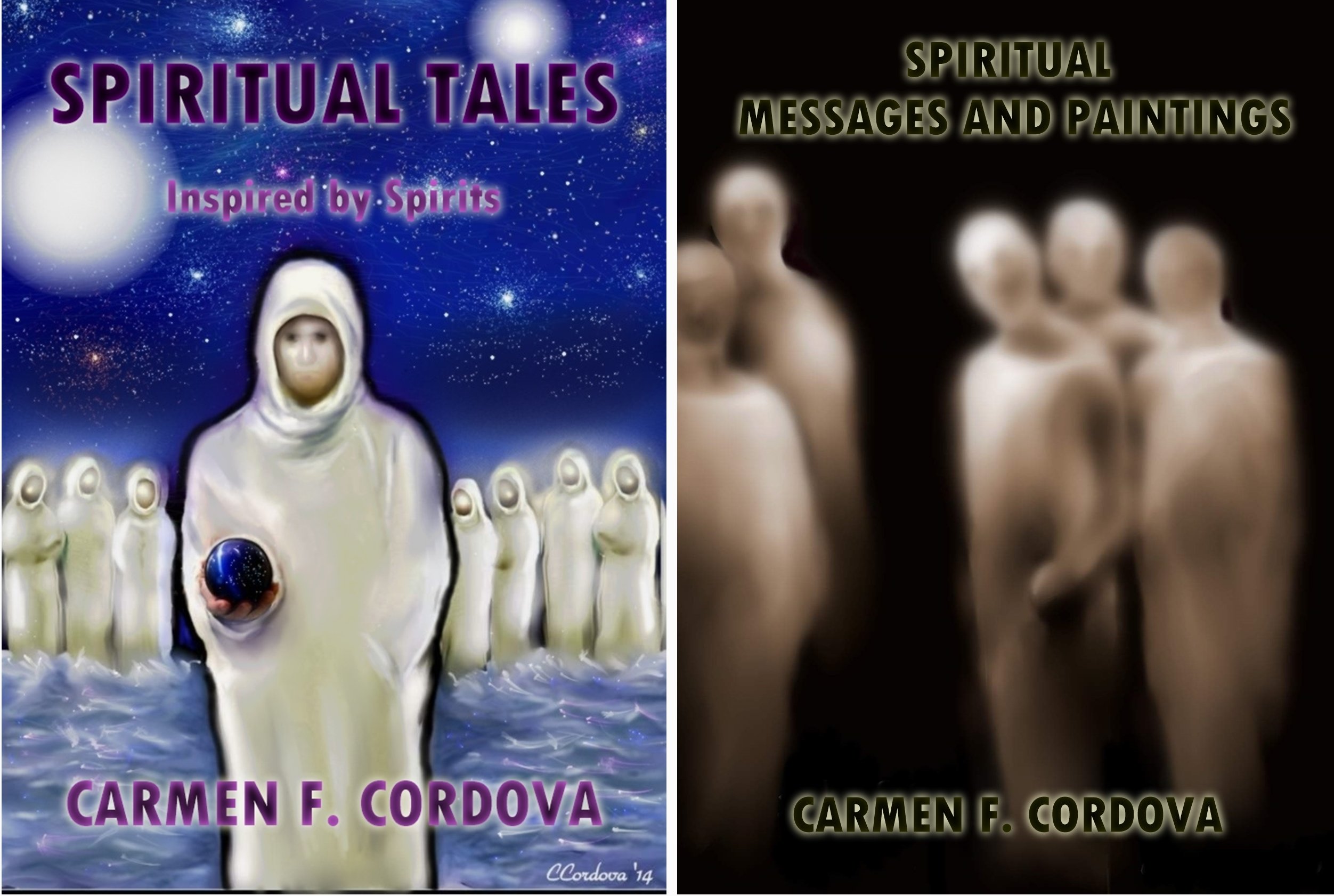Different Types of Spirits
Spirit Entities
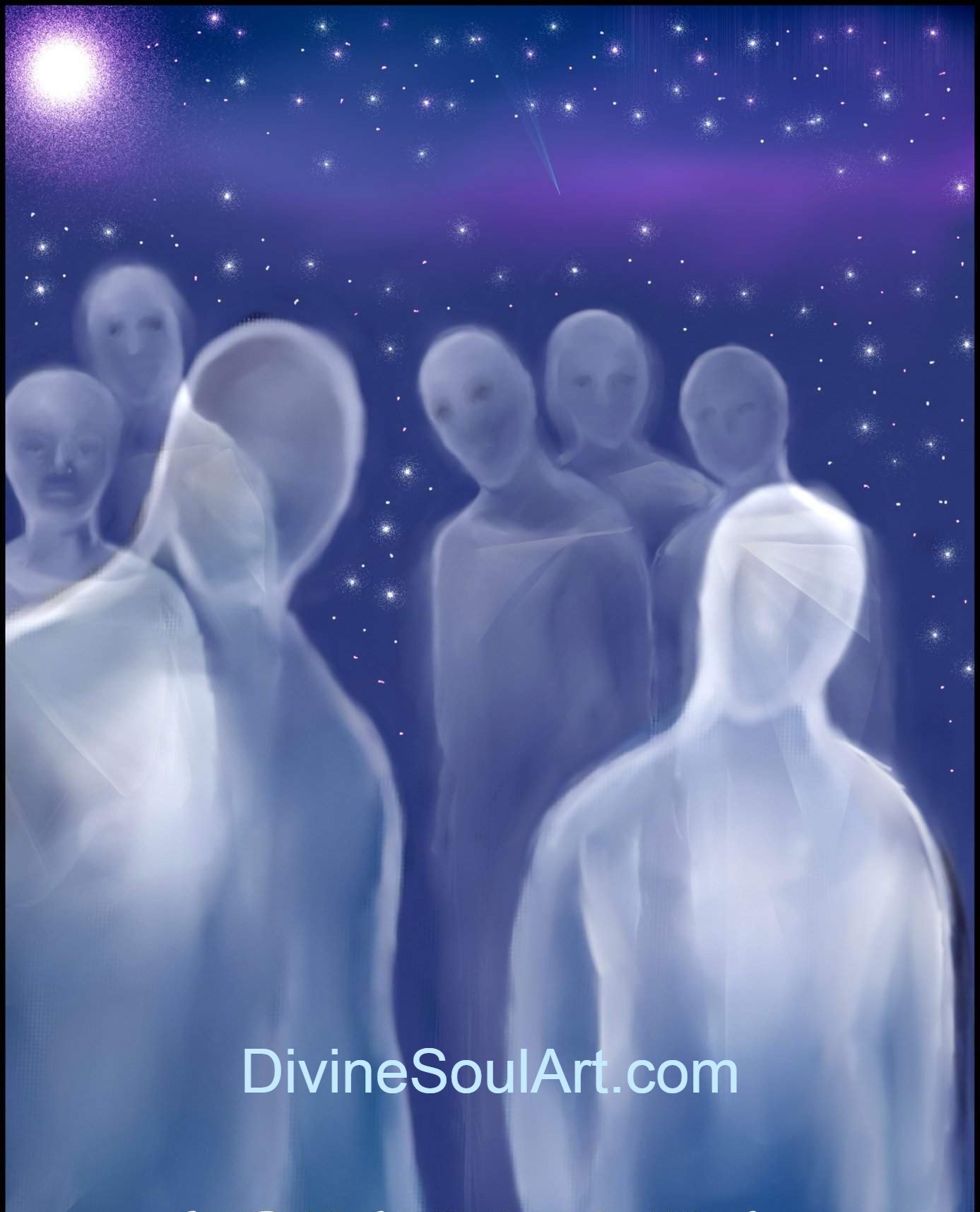 Different types of spirits
Different types of spiritsCurious about the different types of spirit entities and what sets them apart? Besides the Holy Spirit there are various spirits. This article delves into the nature of various supernatural beings, including ancestral spirits, earthbound spirits, and elemental spirits, explaining their characteristics and cultural significance.
Different Types of Spirits Entities
Ancestral Spirits
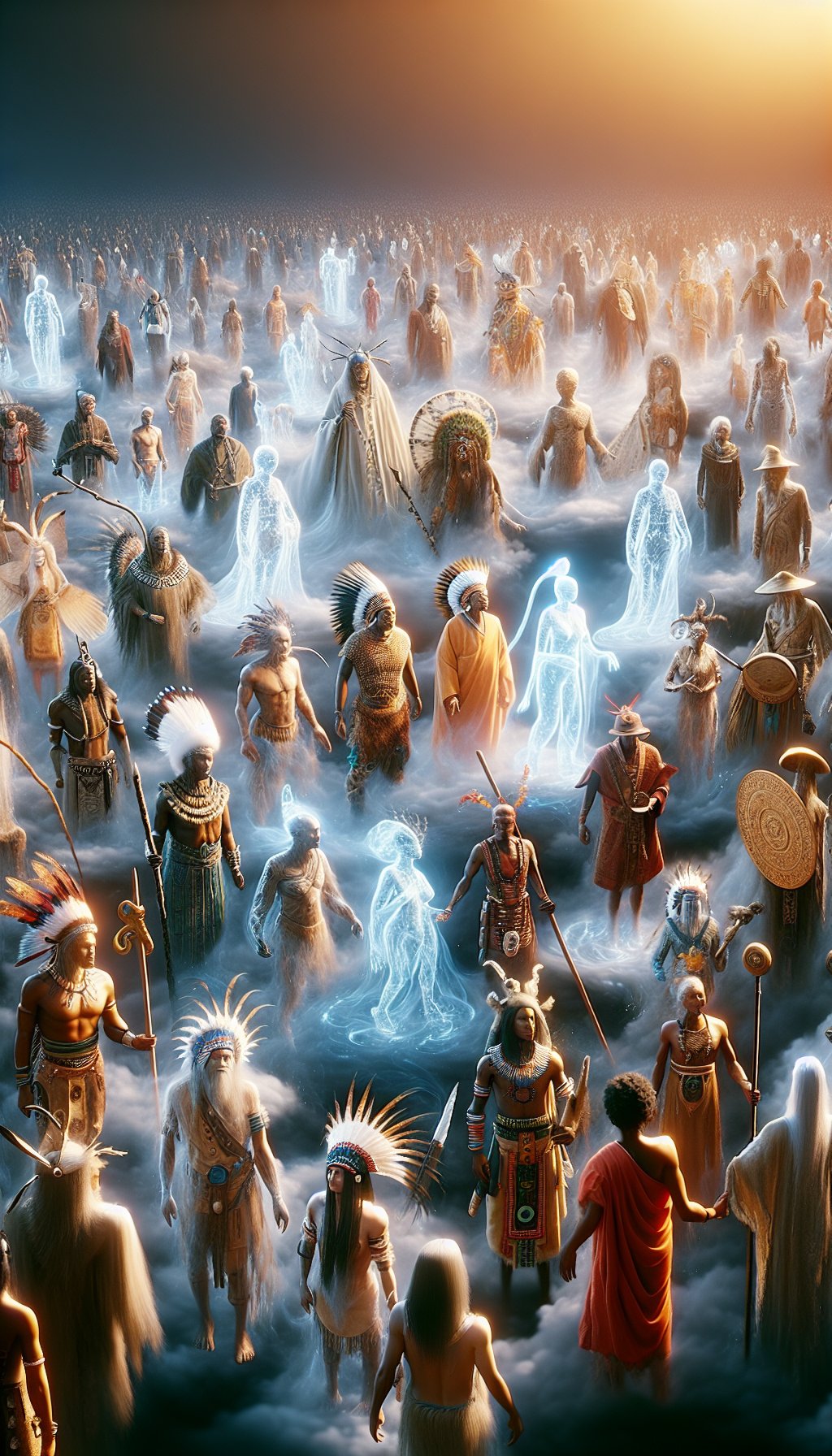 Spirit Realm by Tai
Spirit Realm by TaiAncestral spirits, deeply connected to one’s lineage, are often regarded as the most benign and protective of all supernatural beings. These spirits, tied to your family history, are ever-present and eager to assist their descendants with life’s challenges. Their presence brings a sense of continuity and comfort, knowing that those who came before us are still watching over and guiding us.
In many cultures, ancestral spirits are woven into the everyday fabric of life. Micronesian traditions, for instance, utilize dreams and trances to communicate with these spirits, gaining insights into health and misfortunes through mediums. Artwork in Oceanic cultures often depicts these spirits, emphasizing their otherworldly nature and their integral role in cultural identity.
Shamans frequently use statues representing ancestral spirits for divination, helping individuals navigate significant life events and health concerns. Such practices underscore the importance of maintaining a strong connection with one’s ancestors, ensuring their wisdom and protection continue to influence us positively.
Earthbound Spirits
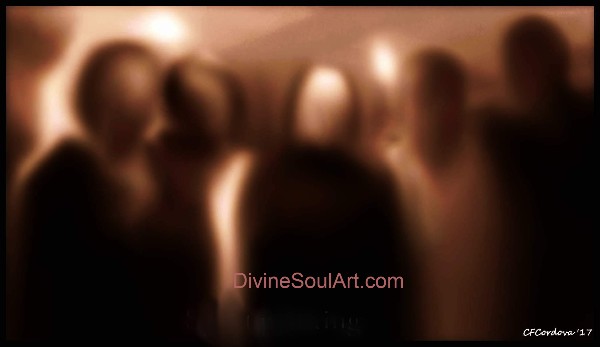 Other entities -some evil spirits
Other entities -some evil spiritsEarthbound spirits, unlike their ancestral counterparts, are often trapped in the physical realm due to unfinished business/unresolved issues or traumatic events that occurred during their lifetime. These spirits tend to linger in familiar surroundings where they felt safe or happy, creating disturbances that can be both fascinating and unsettling for the living.
Many earthbound spirits are unaware of their death, which binds them to the physical world. This lack of awareness can lead to various disturbances, such as cold spots and unexplained sounds in the places they haunt. These ghostly encounters often leave the living with a sense of unease and curiosity about the supernatural phenomena occurring around them.
Mediums play a crucial role in helping these spirits find closure and move on to the afterlife. Addressing unresolved issues or emotional attachments can help mediums bring peace to both the spirits and the living affected by their presence.
Benevolent Entities
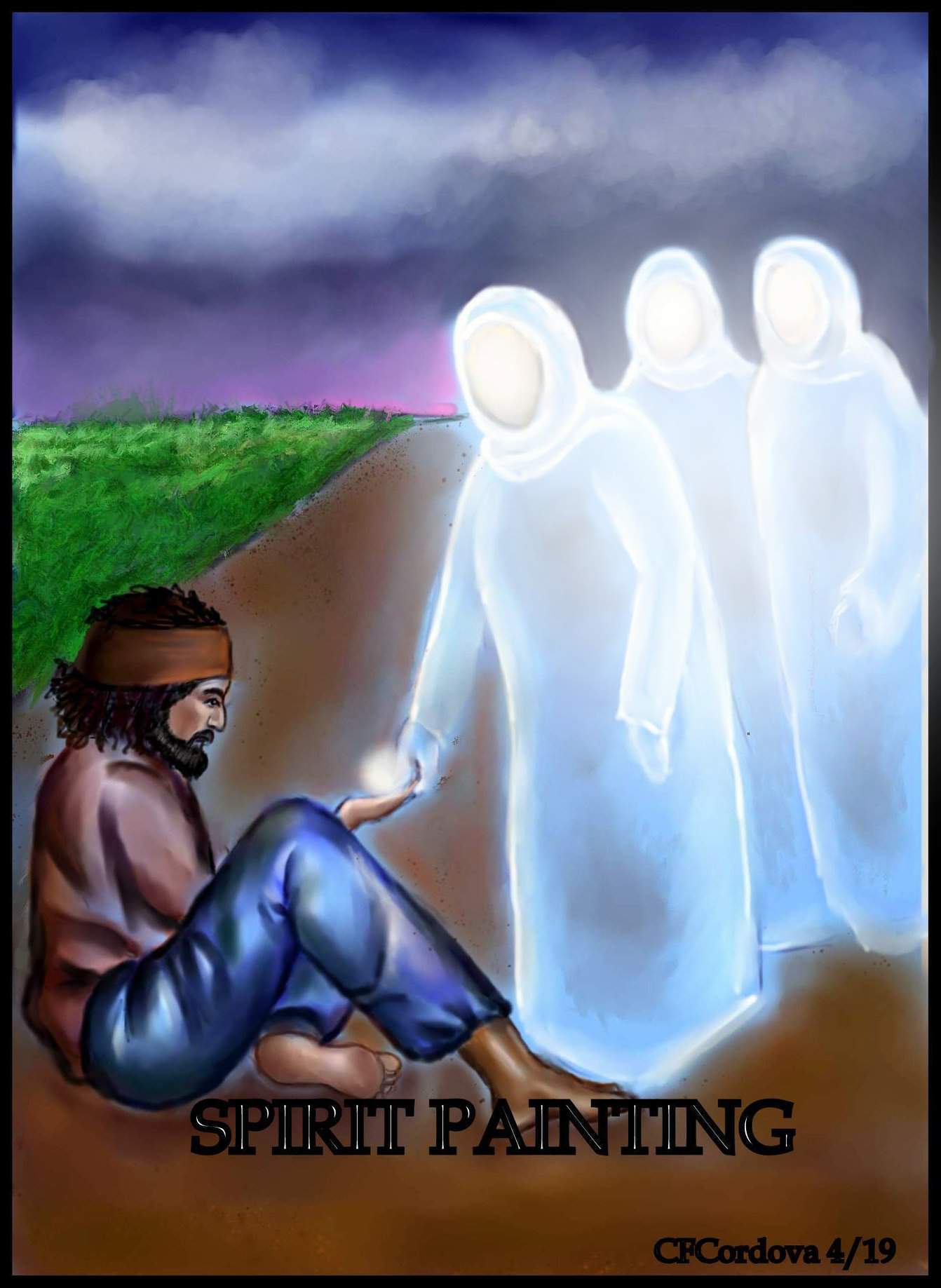
Benevolent entities, such as angels, are often seen as mediators between humans and the divine, helping individuals maintain a positive relationship with God and other spiritual beings. They serve God and do God's work. These celestial beings are guardians, protectors, and messengers, ensuring the well-being and spiritual growth of those they watch over.
Notable benevolent entities include the archangel Raphael, who is renowned for his guidance and healing abilities. Angels are often depicted as noncorporeal beings, though some traditions believe they can take on human forms to interact more directly with the physical world. This duality highlights their unique position between the divine and human realms.
In various religious beliefs, fallen angels are seen as cosmic movers, influencing the elements and maintaining the balance of the universe. Their presence reminds us of the divine will at work, offering comfort and guidance to those who seek their aid.
Malevolent Entities
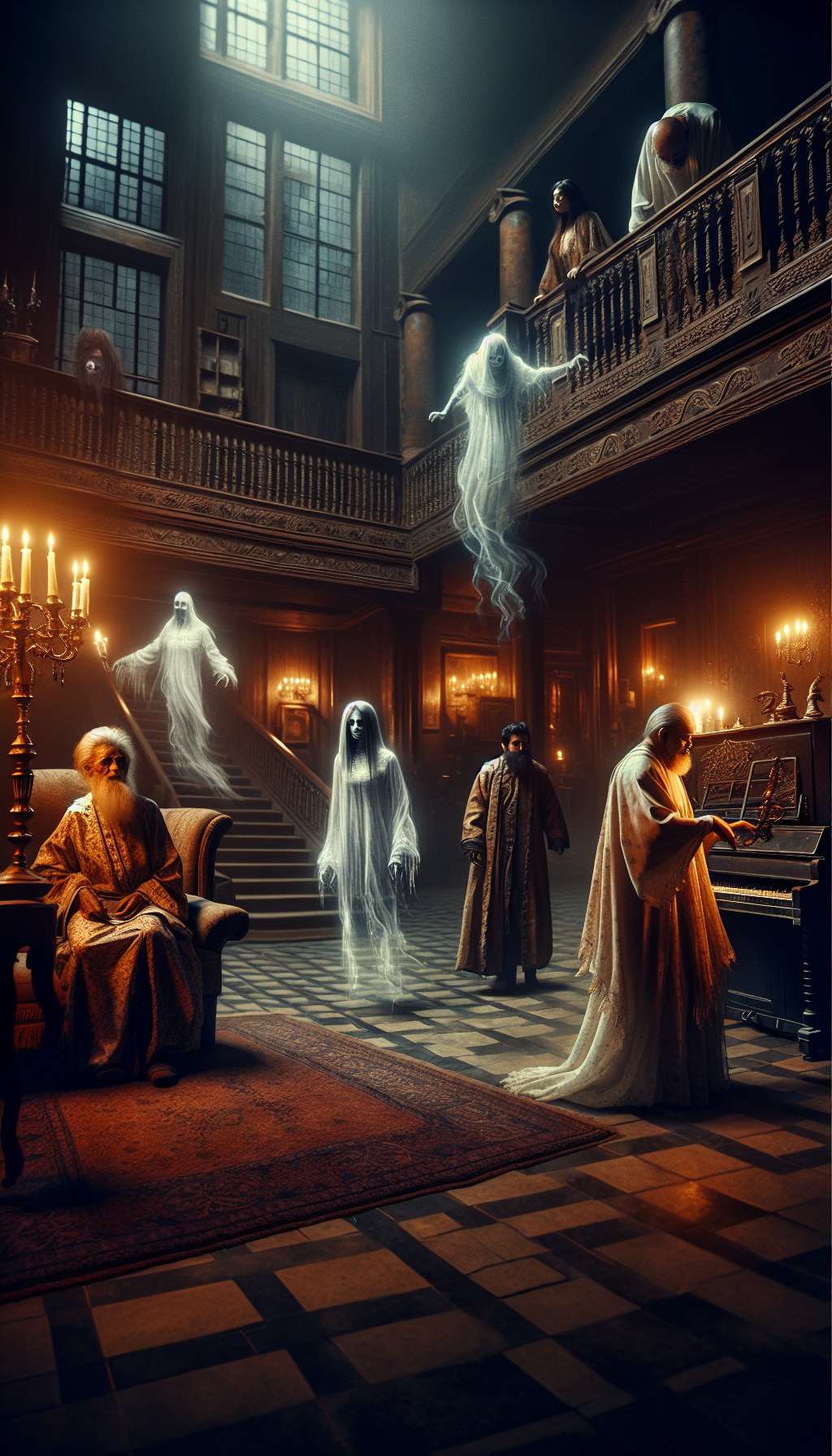 demonic activity by Tai
demonic activity by TaiMalevolent entities, often identified as demons, are feared for their ability to cause harm and spread negative energy. Fallen angels can be included in this category. These evil spirits are known to drain energy and vitality, leading to emotional and physical distress for their victims. In many cultures, an evil spirit is linked to specific diseases and internal ailments, highlighting their feared presence in human life.
Shadow people are sometimes connected to malevolent entities, appearing in areas with a history of trauma or negative energy. These shadowy figures are often seen in peripheral vision, evoking feelings of dread and unease. They are believed to be manifestations of negative psychic energy or inter-dimensional beings that intersect with our reality.
Some individuals would completely disagree with the above description of Shadow entities. They believe Shadow entities are not demonic spirits but benevolent beings ready to assist the human species.
Click here to read more.
Demons are often depicted as being active at night, with their presence indicated by bad smells or sudden temperature changes. Protection against these entities typically involves the use of amulets, magic, or seeking refuge with other benevolent entities. The practice of summoning spirits, especially the spirits of the dead, is often warned against due to the potential for encountering malevolent influences.
Nature Spirits
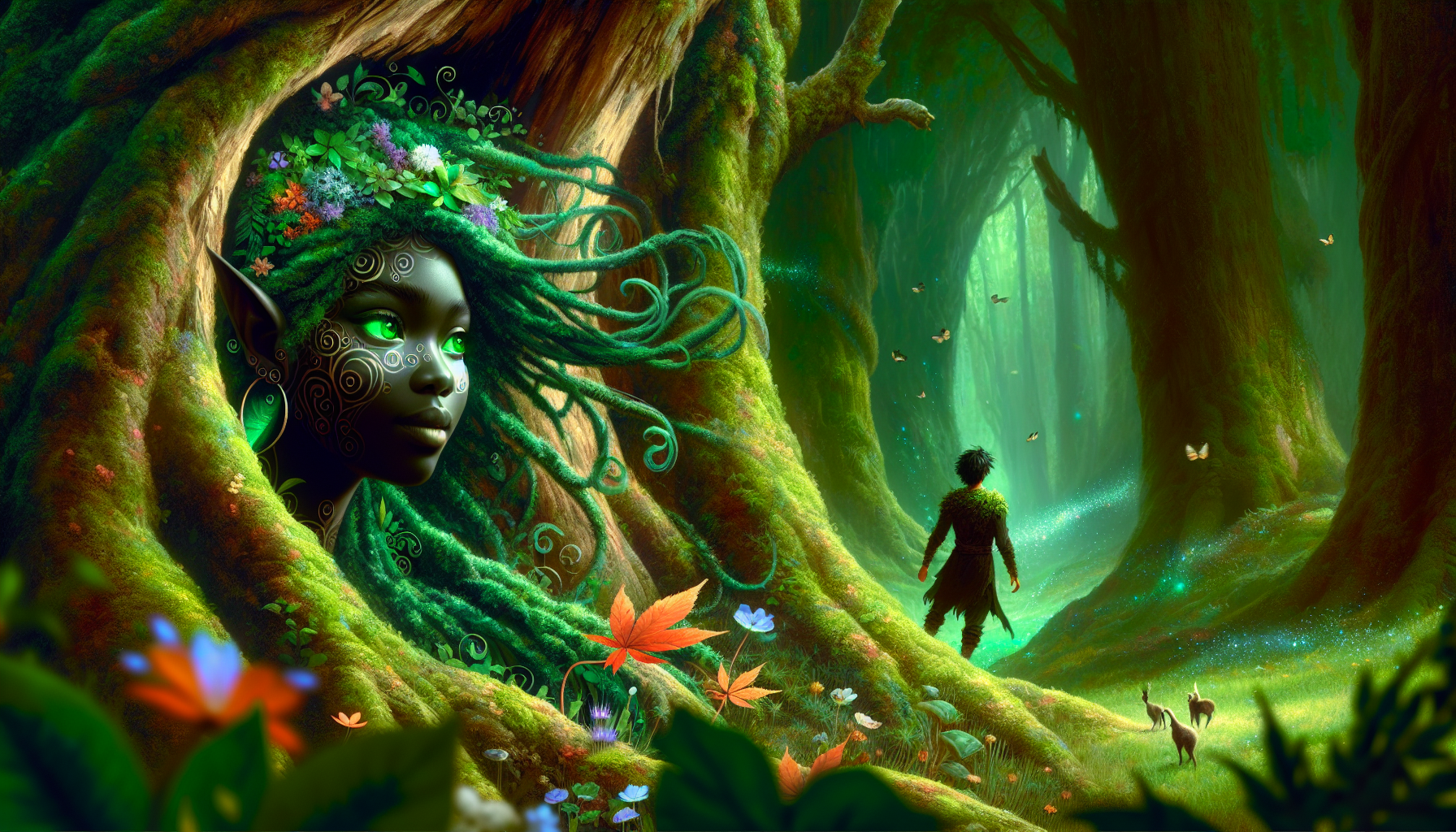 Spirit of Nature and a Human Being
Spirit of Nature and a Human BeingSpirits of nature, also known as elementals, play a crucial role in the balance and health of the natural world. These supernatural beings are intimately connected to the elements and the environment, reflecting their spiritual nature. Plant spirits, for instance, are associated with each plant, possessing their own wants and personalities separate from the physical being.
Engaging in meditation, talking to plants, and providing regular care can foster a connection with plant spirits. This practice not only strengthens the bond with nature but also enhances the growth and health of the plants.
Nymphs and dryads are other types of nature entities, linked to specific natural locations such as rivers and forests. These spirits possess magical powers and play a vital role in safeguarding their respective elements, ensuring the harmony and balance of the natural world.
Elemental Spirits
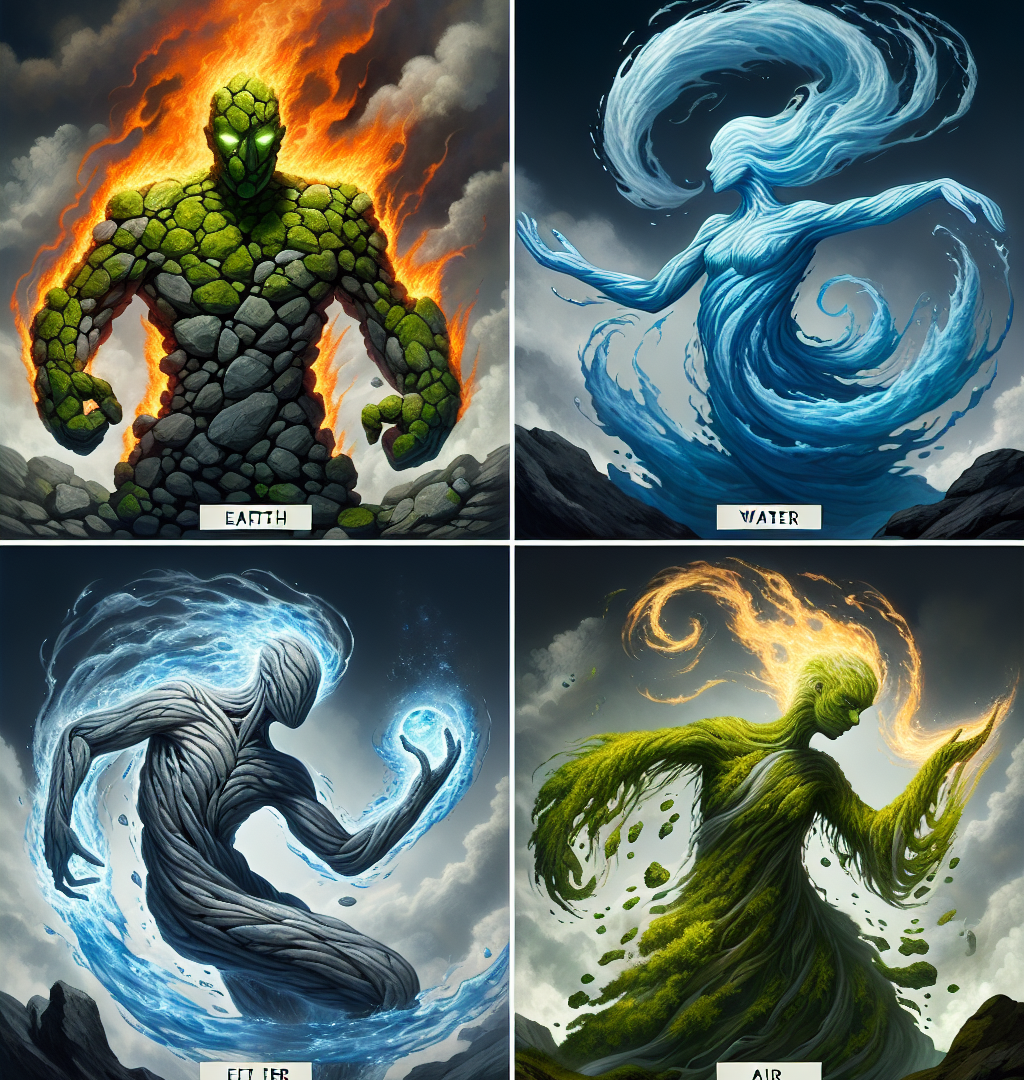 four elements
four elementsElemental spirits are supernatural entities associated with the four classical elements: earth, air, water, and fire.
These beings are believed to have physical forms resembling the human form but do not possess immortal souls.
Paracelsus categorized elementals into four types:
- Gnomes (earth)
- Undines (water)
- Sylphs (air)
- Salamanders (fire)
Undines, the water elementals, are known for their connection to bodies of water. Sylphs represent the element of air, embodying qualities of lightness and agility. Salamanders, on the other hand, are the spirits of fire, while gnomes represent the element of earth.
These elemental spirits are intimately connected to the natural environment and play a crucial role in maintaining balance within their respective elements. Their existence underscores the interconnectedness of all living things and the importance of respecting and protecting nature.
Goetic Demons
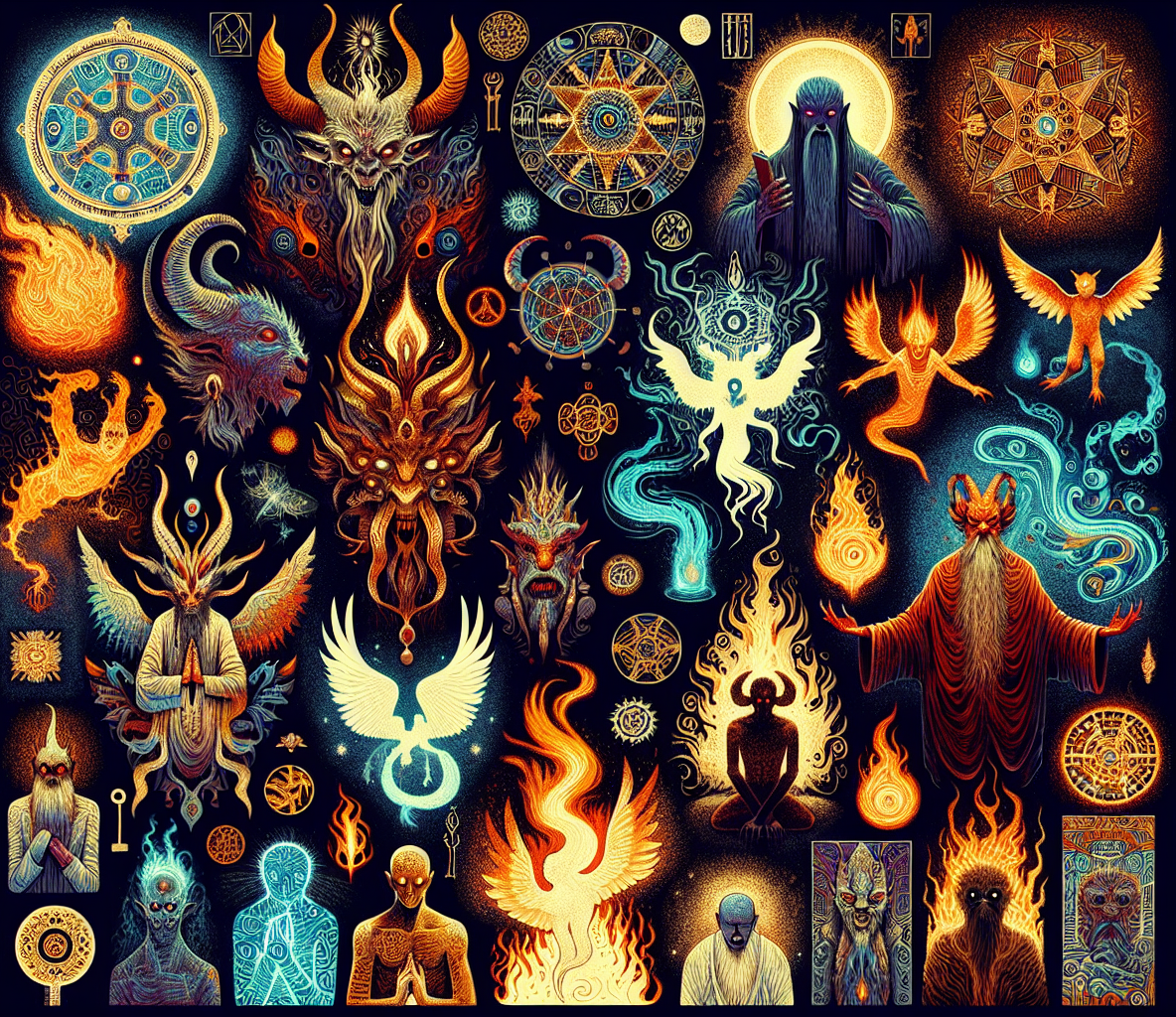
Goetic demons are a distinct category of supernatural beings, differing from the spirits of deceased individuals. There are a total of 72 Goetic demons, each with unique characteristics and abilities. These demons do not cause issues unless specifically summoned, making them a focal point for practitioners such as witches and spiritual practitioners.
Working with Goetic demons requires a deep understanding and respect for their power and nature. Practitioners often engage with these entities to gain insight, knowledge, or assistance in various endeavors. However, caution is paramount to avoid unintended consequences.
Shadow People
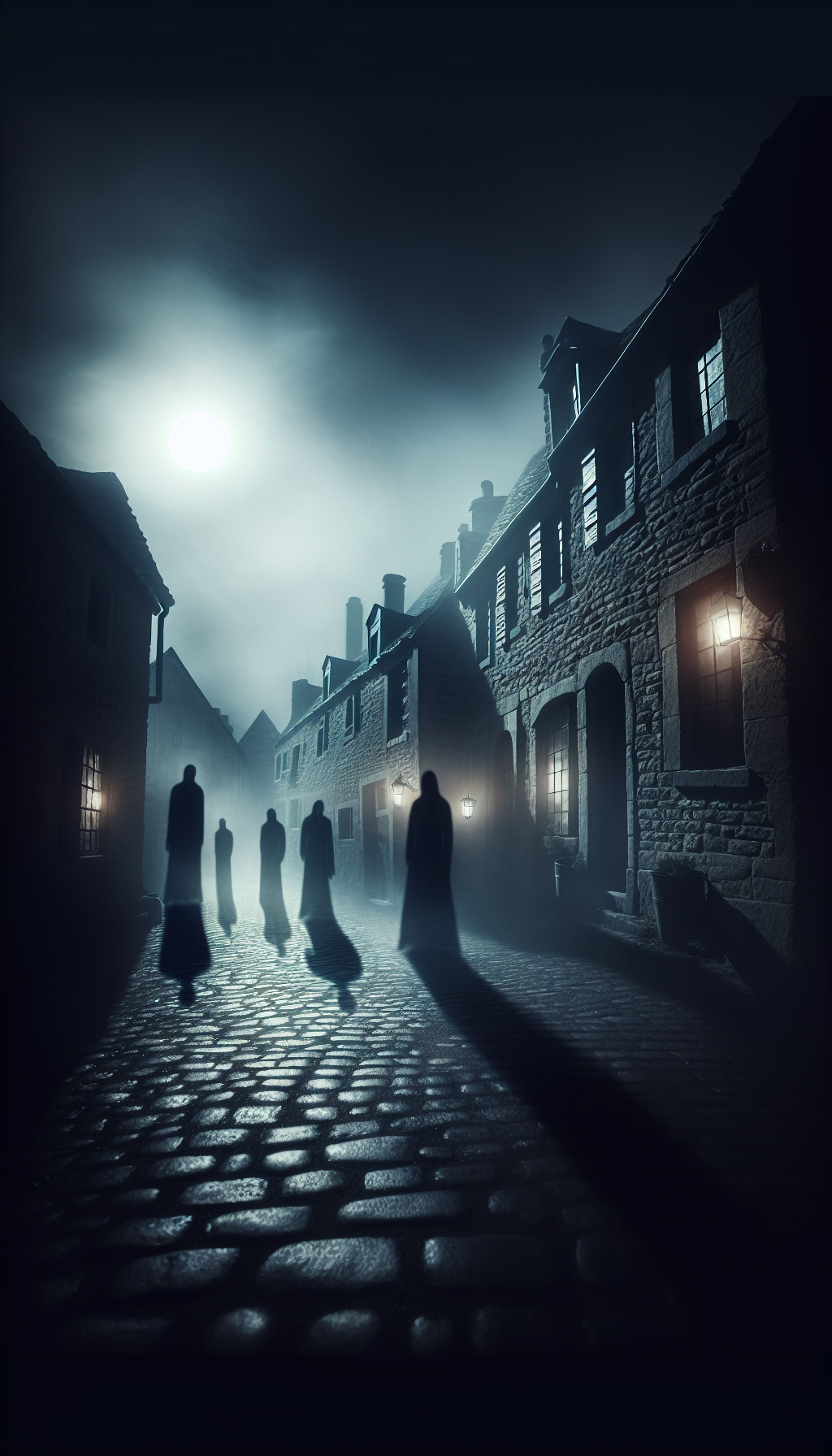 Black Shadow
Black ShadowShadow people are dark, humanoid figures that often appear fleetingly in one’s peripheral vision. These shadowy figures are typically described as tall and thin, resembling common archetypes seen in nightmares across different ages. Their sudden appearances and movements evoke a sense of dread and mystery.
These entities are frequently reported to move rapidly and disappear before being clearly seen. Some theories suggest that shadow people might be manifestations of negative psychic energy or inter-dimensional beings that occasionally intersect with our reality. Hallucinations or psychological phenomena, such as hypnogogia, are also considered potential explanations for encounters with these supernatural beings.
The presence of shadow people often leaves individuals with a profound sense of unease and curiosity about the nature of these ghostly encounters. Their elusive nature continues to intrigue and perplex those who experience them.
The Fae Folk
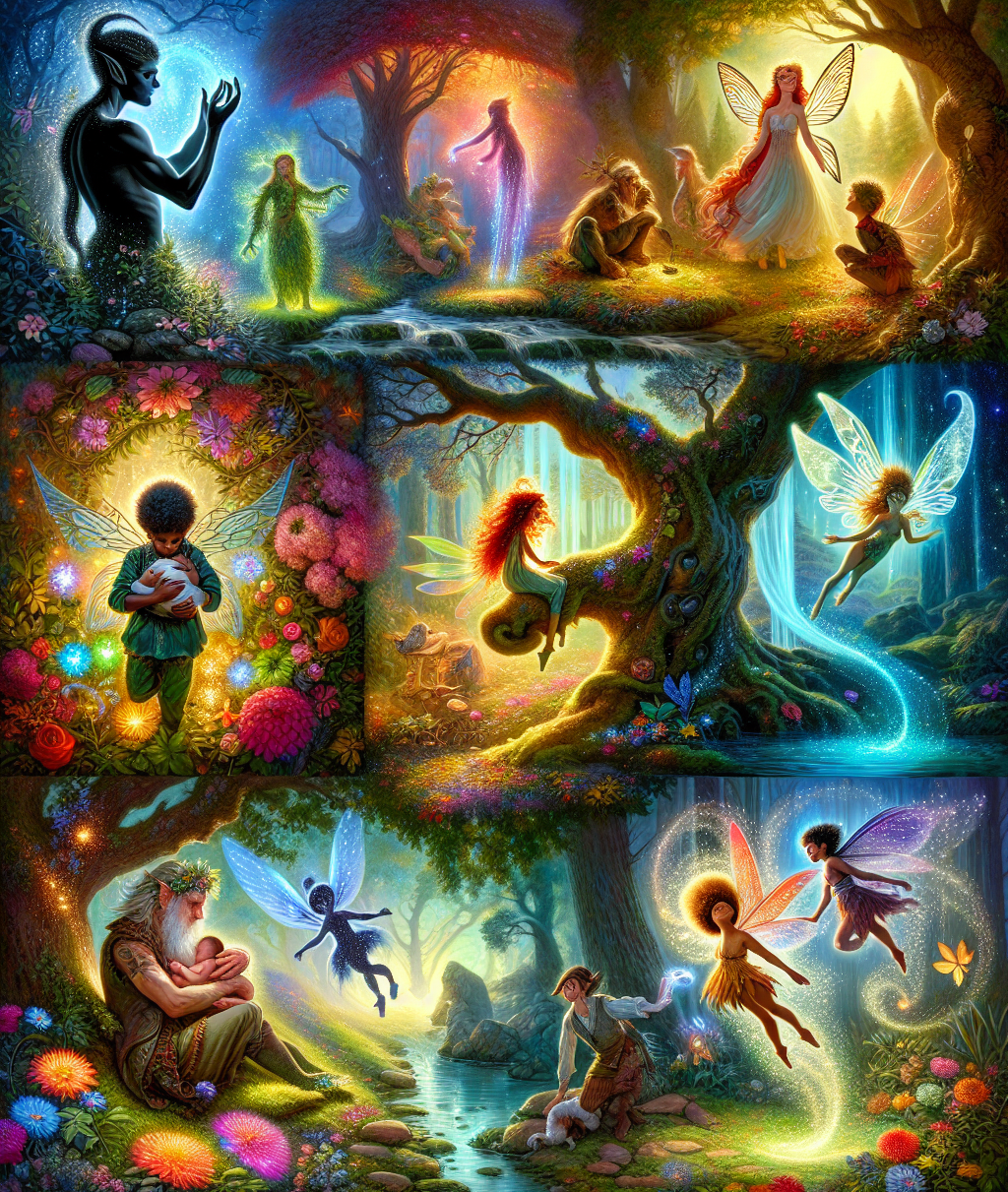
The Fae Folk, also known as fairies, are a diverse group of nature spirits with unique characteristics and cultural interpretations. These supernatural beings exist in a dimension adjacent to ours, exhibiting temperaments that can be benevolent, malevolent, or neutral. Unlike many other spirits, the Fae Folk can be interacted with physically, adding a tangible element to their mystical presence.
Before engaging with the Fae Folk, it’s essential to conduct thorough research to understand their nature and behavior. Interactions with these entities can be unpredictable, sometimes leading to being taken to their realm, where time operates differently, resulting in lost years. Many people avoid fairy forts to prevent provoking the fairies and causing mischief.
Making an enemy of a Fae Folk can lead to significant consequences, as they have the ability to bypass normal barriers and cause disruptions. While some Fae Folk may be benevolent, caution and respect should always be practiced when engaging with these entities.
Deities & Divine Spirits
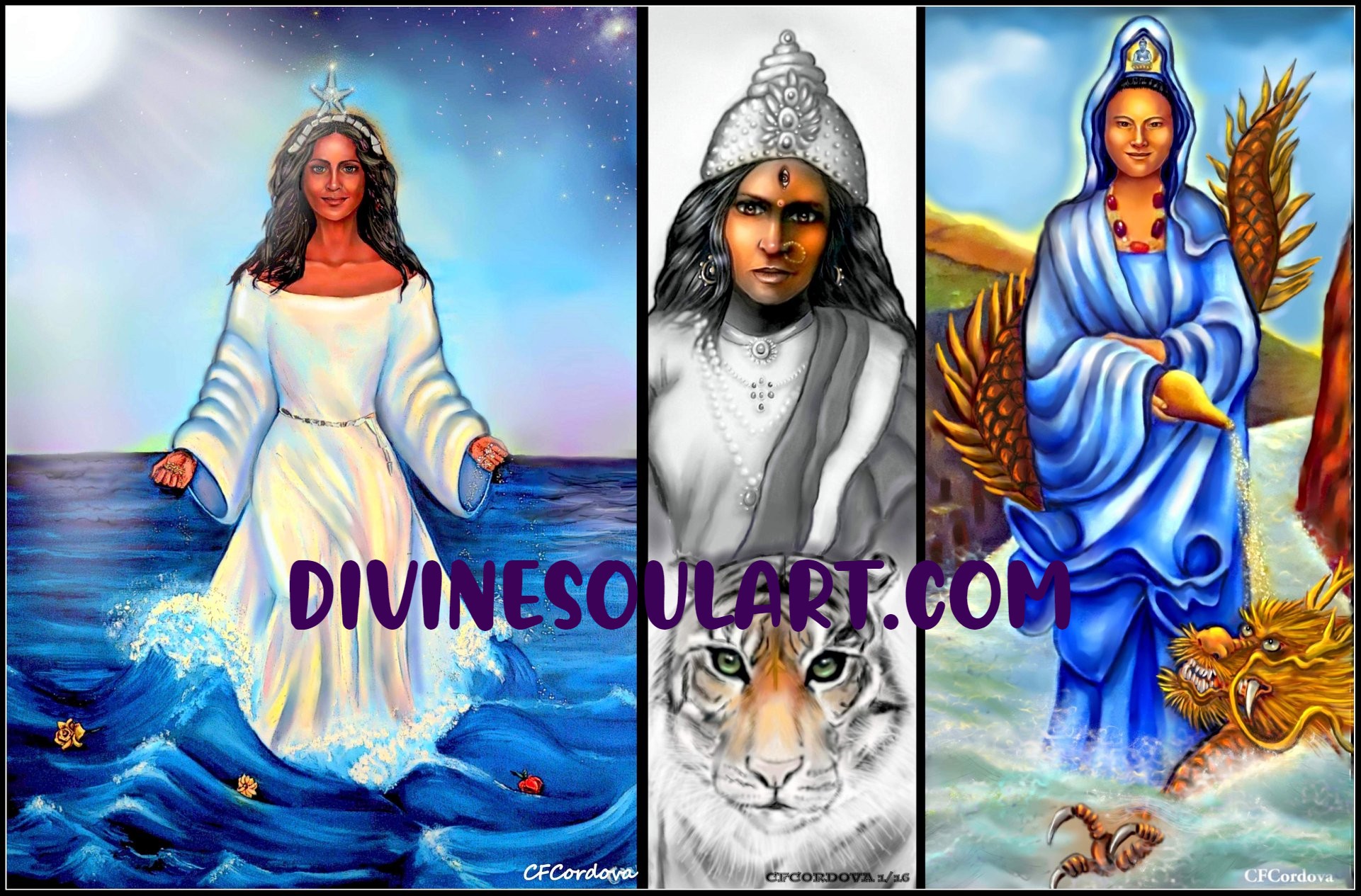
Deities and divine spirits embody various aspects of the universe, showcasing a complex pantheon in different cultures. From the gods of Hinduism to the deities of Celtic, Norse, and Greek mythologies, these spiritual beings have unique attributes and narratives that reflect the rich diversity of human belief systems.
Deities are often categorized by cultural regions, demonstrating the vast diversity in their representation across the world. In Japan, for instance, kami are deities that can number up to 88 million, reflecting the country’s rich spiritual landscape. African cultures also feature a variety of deities, including those from Yoruba and other religions, highlighting the continent’s spiritual diversity.
When working with deities, thorough research and proper preparation are essential. Knowing the characteristics and potential power of these divine spirits is crucial for respectful interactions.
Jinn and Neutral Entities
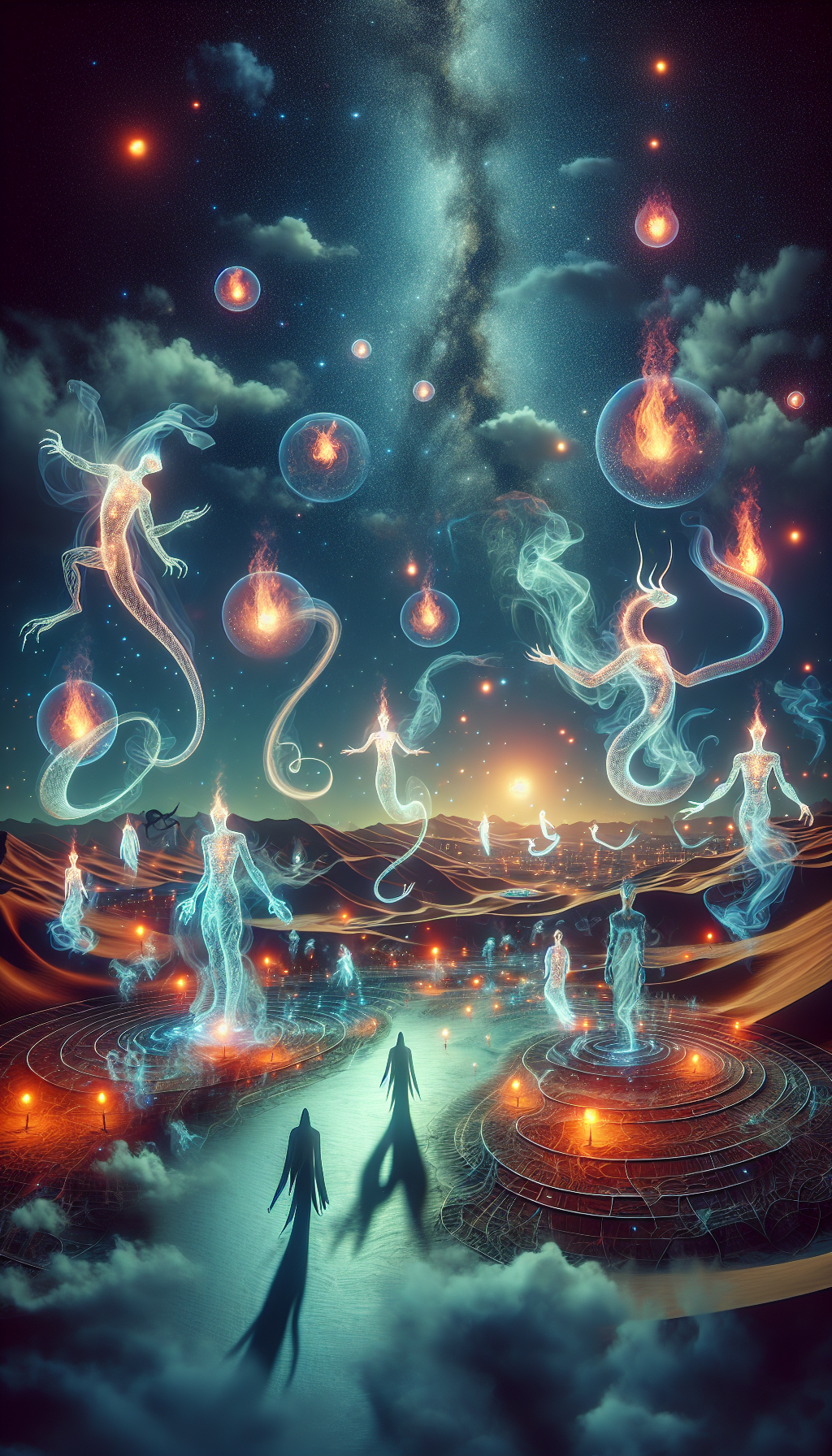
Jinn, as described in Islamic culture, are invisible beings with moral accountability similar to humans. These supernatural entities can be believers or non-believers based on their acceptance of divine guidance. The Quran acknowledges that jinn can take various forms, including animals and humans, adding to their mystique and complexity.
Islamic belief incorporates local myths and spirits, allowing jinn to coexist with other mythological entities without being labeled purely evil. This nuanced view contrasts with the more malign creatures known as demons (dīv), which can possess individuals and are generally considered harmful.
Proper rituals, such as reciting Quranic verses and making offerings, are essential to maintain a peaceful relationship with jinn. These practices help ensure that interactions with these neutral spiritual beings remain respectful and beneficial.
Spirits of the Dead
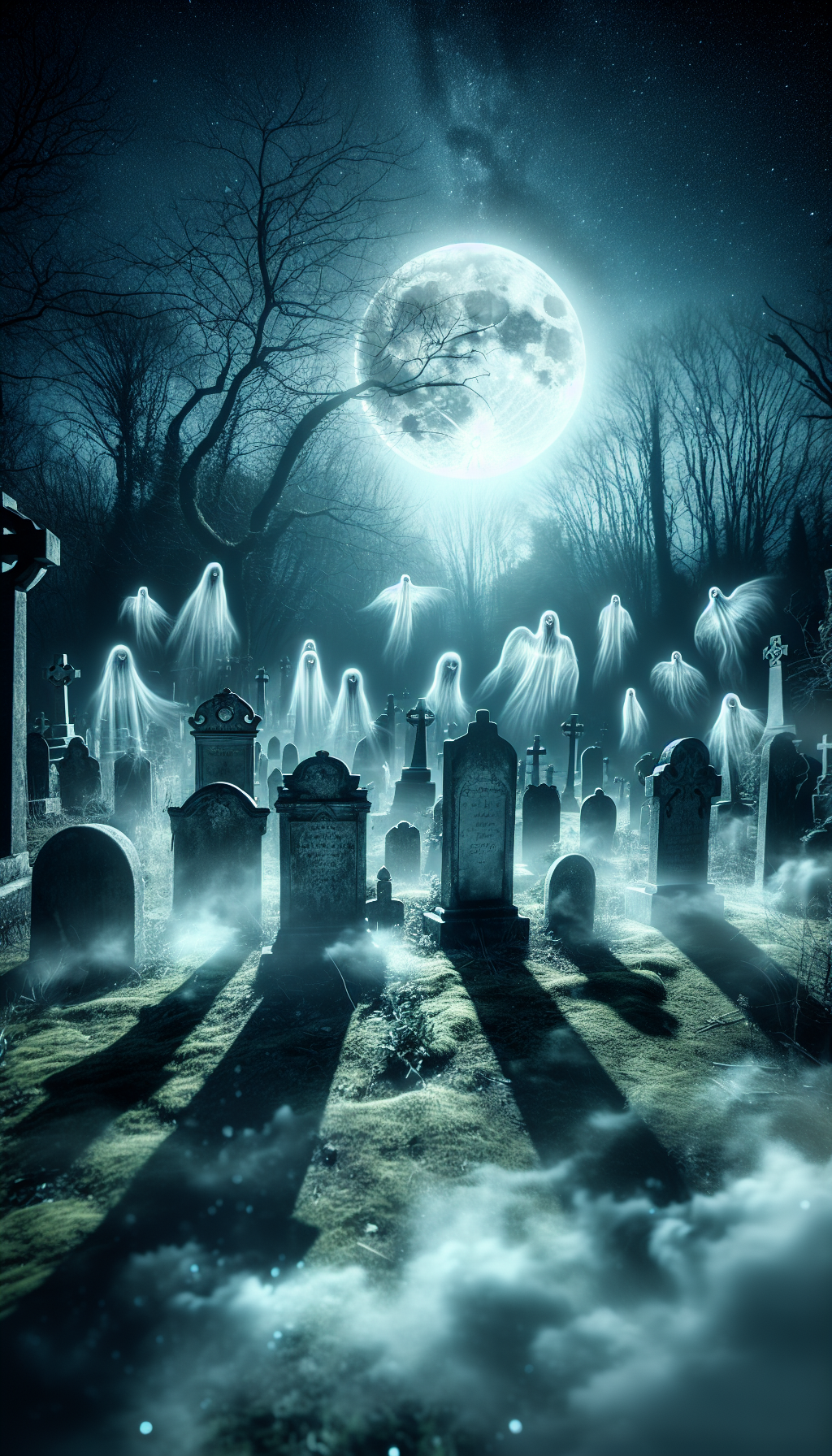
Spirits of the deceased are often believed to be at peace and do not interact with the living. This belief emphasizes the importance of allowing the dead to rest undisturbed, honoring their transition to the afterlife. Disturbing these spirits recognized is thought to prevent them from achieving the peace they deserve.
However, some spirits may wish to cause harm, especially if they have experienced trauma during their lives. Such spirits can manifest as ghostly apparitions or other supernatural phenomena, causing fear and distress among the living.
Understanding these dynamics is crucial for those who seek to engage with or study the spirits of the dead.
Other Source of Energy and Information
Psychic Cords
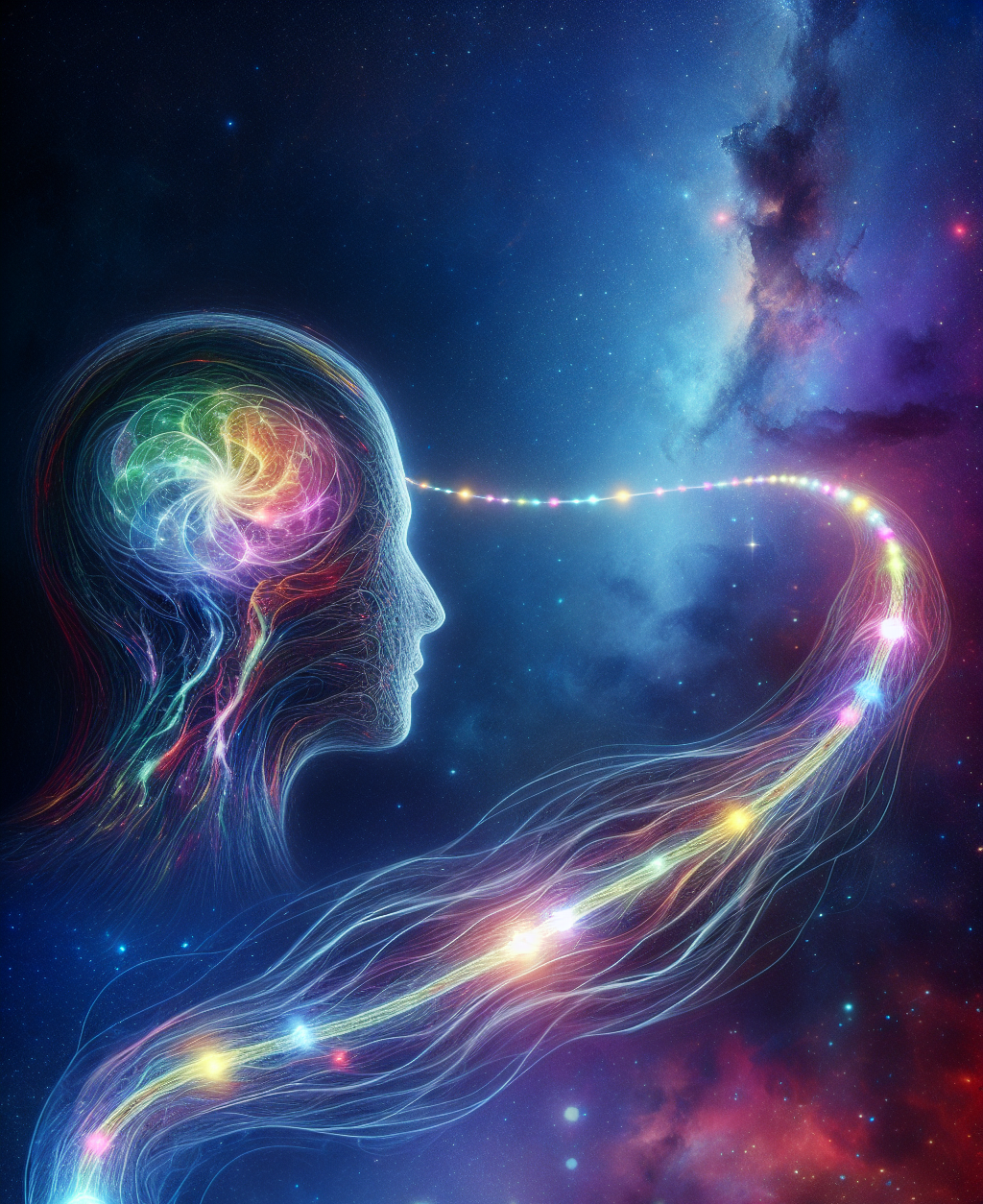 Psychic cord and human being
Psychic cord and human beingPsychic cords are energetic links that connect beings, often forming between humans. These cords can drain energy and create feelings of vulnerability, affecting emotional and physical well-being. Energetic cords can originate from various types of relationships, including friendships and familial bonds.
Meditation is a powerful tool for visualizing and releasing these cords, helping individuals regain their energy and autonomy. By focusing on the connection and intentionally severing it, one can free themselves from the draining effects of psychic cords.
Awareness of these energetic links is crucial for personal growth and spiritual health. Regular practice of meditation and other energetic cleansing techniques can help individuals manage their connections and maintain a balanced energy state.
Difference between Spirits and Ghosts
Ghosts and spirits are often mentioned in the same breath, yet they represent distinct concepts in the supernatural realm. Ghosts are typically considered earth-bound entities, often the remnants of human energy that remain tethered to specific locations or objects. These disembodied spirits are believed to be unaware of their state and replay moments from their past lives like recordings.
Ghosts are a key area of interest for paranormal investigators or ghost hunters.
Spirits are seen as possessing higher consciousness, awareness, and the ability to interact with the living. Spiritual beings can manifest in different places at will. This distinction is crucial for understanding the various ways these entities are perceived and experienced.
Spirits are believed to possess a higher level of consciousness and awareness. These spiritual beings can manifest in different locations at will. Understanding this distinction is crucial for grasping the various ways in which these entities are perceived and experienced.
Throughout history, various cultures have developed unique interpretations of what happens to a person’s spirit after death, shaping their beliefs about ghosts and spirits. Some cultures believe the human spirit ascends to a higher plane, while others think it may linger on Earth as a ghost if certain conditions remain unmet.
Ghosts
Ghosts are often considered remnants of human energy, lingering in the physical environment and manifesting in various ways. One of the most common types of ghostly sightings involves deceased persons, often family members or historical figures. These interactive ghosts can manifest in multiple forms, such as visible apparitions, sounds, touches, or even odors.
Interpretation of Spirit Encounters
Interpreting spirit encounters requires an understanding of the constantly changing nature of our perception. Context and cultural background play significant roles in how we perceive and understand these supernatural phenomena. Each encounter is unique and can be influenced by personal beliefs and experiences.
It’s essential to approach spirit encounters with an open mind and a willingness to explore different interpretations. Considering the historical and cultural context of the spirits involved can provide valuable insights into their behavior and significance.
For those who experience frequent ghostly encounters or other supernatural phenomena, keeping a detailed journal can help track patterns and provide a clearer understanding of these events. Analyzing these experiences over time can help individuals gain deeper insights into the spiritual realm and their interactions with it.
Summary
The exploration of spirit entities reveals a rich tapestry of supernatural beings that have captivated human imagination for centuries. From the protective ancestral spirits to the enigmatic shadow people, each entity offers unique insights into the spiritual realm. Understanding these diverse entities and their cultural significance helps us appreciate the complexity of the supernatural phenomena we encounter. Respectful engagement and thorough research are essential for meaningful interactions with these beings, ensuring that our curiosity leads to growth and enlightenment.
Many of us were taught not to believe in spirits or the spirit realm from an early age. This skepticism often stems from a fear of the unknown. However, people may not realize that we are spirits residing in a human body, having a physical body experience.
Spirits have always existed; they exist now and will continue to exist.
Click below and views more than 600 pieces of spiritual artwork

Spiritual Books
If you enjoy the articles on this website, you will also appreciate the short stories in the books below. Click here and continue the journey.
